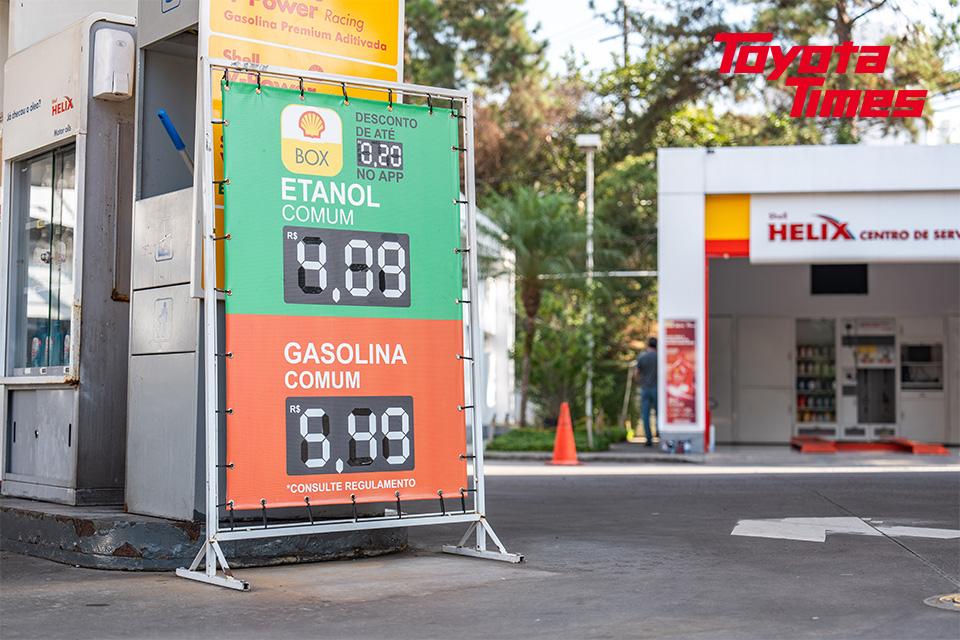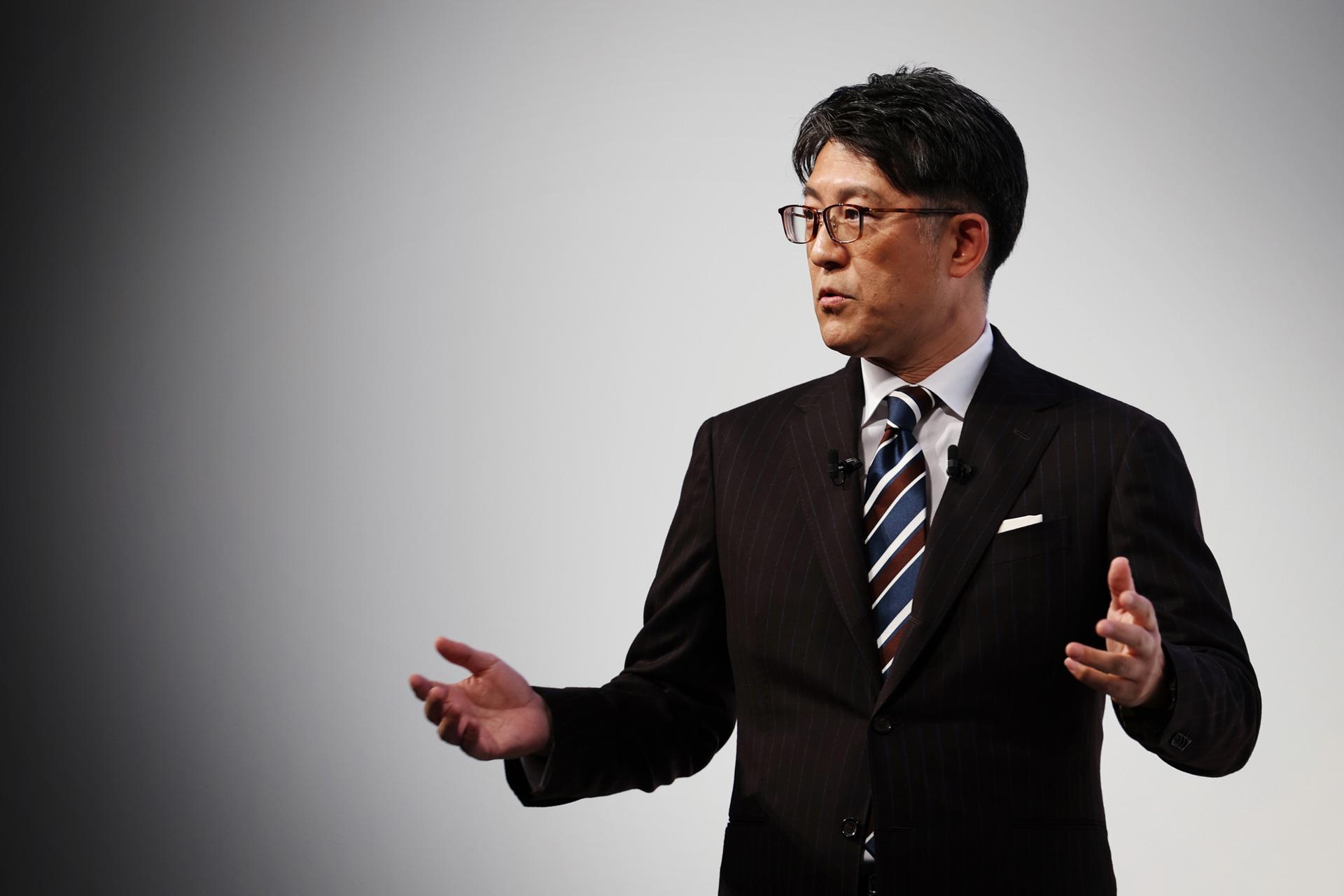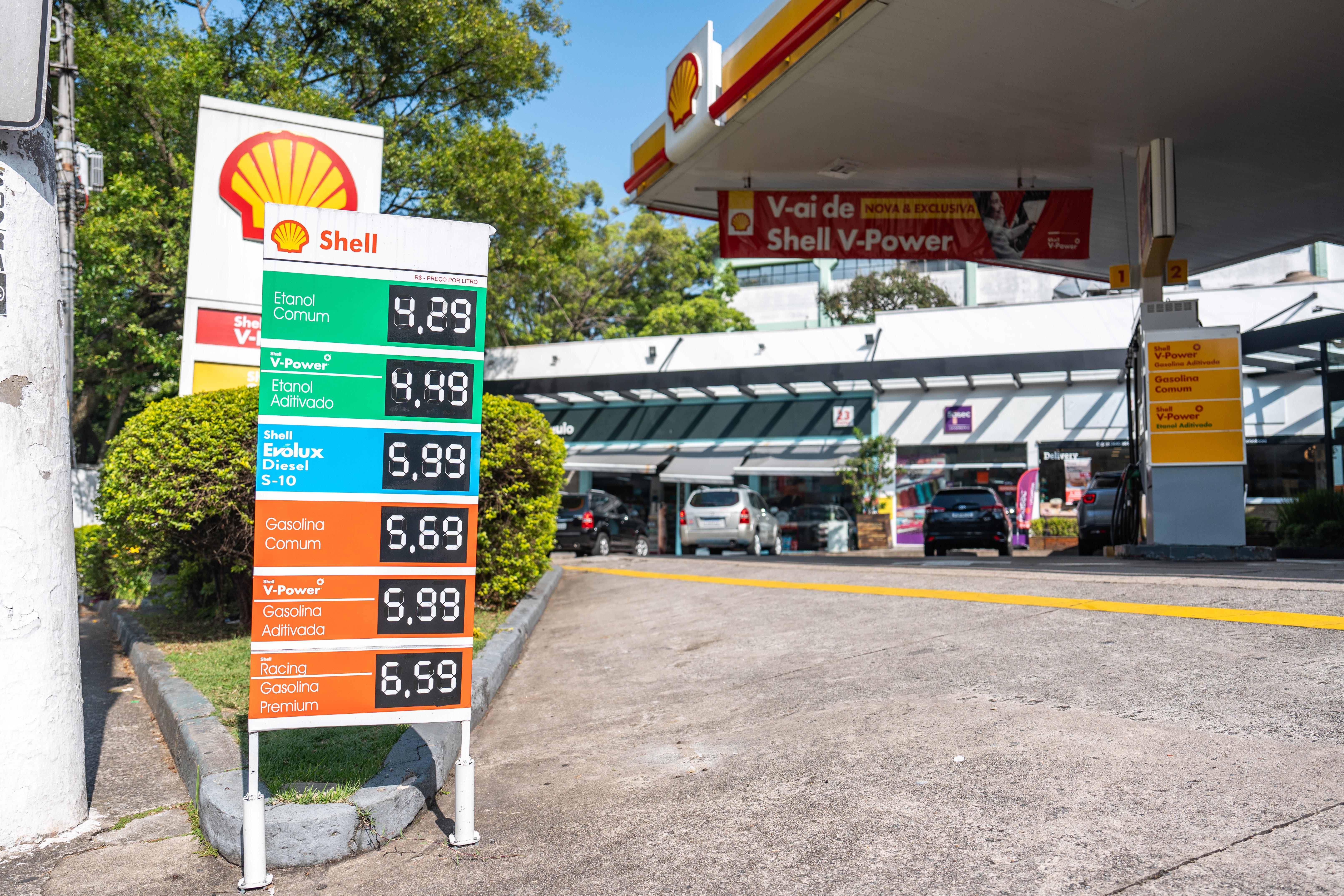
Will the carbon-neutral age mean the end of engines? On the other side of the globe, Toyota Times found a completely different worldview that flies in the face of such fears.

To achieve carbon neutrality by 2050, many countries and industries are working to curb emissions of greenhouse gases, chiefly carbon dioxide (CO2).
In the automotive sector, battery electric vehicles (BEVs) have claimed the spotlight as a key decarbonization option. Toyota, however, is pursuing a multi-pathway approach that includes hydrogen and other diverse options beyond BEVs.
In February, President Koji Sato (then Operating Officer) explained the concept at a press conference announcing the company’s new leadership team.
President Sato

Energy is what sustains our lives. Toyota must create cars with energy security in mind and contribute to achieving a carbon-neutral society.
The energy situation varies around the world. That is why we will continue an omnidirectional approach without wavering from our multi-pathway.
Even if BEVs and other vehicles emit no CO2 while driving, their contribution to decarbonization differs greatly depending on whether a country’s electricity comes from renewable energy or fossil fuels.
At the same time, their convenience for users varies widely between countries with ample charging infrastructure and those without.
Given these factors and Toyota’s globe-spanning business, the company has continued to emphasize that there is more than one way to reach carbon neutrality, with different approaches to suit individual countries.
A prime example is Brazil, a country that is charting its own path, unswayed by the strategies of other regions. Toyota Times traveled halfway around the world to investigate a decarbonization endeavor 50 years in the making.
Click below to view our video report by Yuta Tomikawa.
The spread of bioethanol in Brazil
Flying from Japan, the trip takes a full day. Brazil sits on the opposite side of the globe, separated by a 12-hour time difference. In 2022, it was the world’s sixth-largest market for new vehicles, with 2.1 million sold.
Visitors stopping by one of the country’s gas stations will notice an extra fuel on the menu. Alongside gasoline and diesel, they offer ethanol, an unfamiliar option to those coming from Japan.

In fact, Brazil is the world’s largest producer of not only sugar, but also bioethanol made from sugarcane, with production reaching 31.1 billion liters in 2022.
Because sugarcane absorbs CO2 from the air as it grows through photosynthesis, the resulting ethanol is an environmentally friendly biofuel that doesn’t increase atmospheric carbon when burned.
Moreover, the fuel is 20-30% cheaper than gasoline, making it a popular choice at gas stations.
Naturally, the cars must be specially modified for the purpose. Ninety-seven percent of cars produced domestically are flex-fuel vehicles, which can run on 100% gasoline, 100% ethanol, or any mixture of the two.
A half-century of decarbonization efforts
The emergence of these unique fuels and vehicles was spurred by the 1973 oil crisis. At the time, Brazil relied on imports to meet around 80% of its crude oil demand; when oil prices soared, the country’s foreign debt ballooned.
In response, the government sought to free Brazil’s economy from its dependence on imported oil. This included support for the development of cars that run on sugarcane-derived ethanol, as well as ethanol production and distribution.
Widespread adoption began only with the launch of flex-fuel vehicles in 2003. Thirty years of ethanol use and government tax incentives, combined with rising gasoline prices, meant that every gas station was already outfitted with ethanol pumps and tanks; with the infrastructure in place, uptake was explosive.
Research by the Brazilian Sugarcane Industry and Bioenergy Association, UNICA, shows that, by 2022, flex-fuel vehicles had reduced gasoline use in the transport sector by 41.7% since their introduction in 2003.
This effectively lowered CO2 emissions by 630 million tons, equivalent to planting 4 billion trees.
UNICA’s International Relations Coordinator, Julia Tauszig, touts the benefits: “Compared to gasoline, the use of sugarcane can cut exhaust emissions (CO2) by up to 90%*. From an economic perspective, it can also reduce our reliance on oil and improve incomes for producers.”
*Includes reusing biomass. More details under “Sugarcane also makes for cleaner BEVs and FCEVs”


